Technique helps avoid hemodialysis catheter complications

By Leslie Wong, MD; Sheru Kansal, MD; and Dustin Thompson, MD
Cleveland Clinic is a non-profit academic medical center. Advertising on our site helps support our mission. We do not endorse non-Cleveland Clinic products or services. Policy
Patients with end-stage renal disease (ESRD) who present to the hospital and require urgent initiation of dialysis (defined as the need for dialysis within two weeks of presentation) almost always begin treatment with a central venous hemodialysis catheter.
Use of central venous hemodialysis catheters is strongly associated with bloodstream infection and reduced survival in ESRD. Despite these known risks, there is usually no alternative to a central venous catheter and hemodialysis in this setting.
Peritoneal dialysis (PD) is a viable but underutilized treatment for patients who require urgent initiation of dialysis. Unlike hemodialysis, PD does not involve use of a central venous catheter and is largely free of risk for bloodstream infection.
PD is performed by inserting a silicone PD catheter into the abdominal cavity, where a sterile dialysis solution is instilled and drained to remove waste products and excess fluid via ultrafiltration across the peritoneal membrane.
Traditionally, a minimum wait period of two weeks after PD catheter insertion is required to allow healing of the catheter exit site to avoid dialysis fluid leakage and infection. The availability of operators skilled or interested in placing PD catheters is limited.
The wait requirement to start dialysis and the lack of support for timely PD catheter insertion at many hospitals have discouraged PD use despite its potential to avoid bloodstream infection.
Recently, a modified technique known as urgent-start PD has gained interest in the United States as a means to break the cycle of reliance on central venous hemodialysis catheters to treat ESRD patients who require unplanned dialysis initiation.
Urgent-start PD involves the timely placement of a PD catheter instead of a hemodialysis catheter, followed by supine, low-volume PD to reduce the risk of dialysis fluid leakage and complications.
This approach has been employed in Europe for many years and has recently been successfully adopted by some U.S. centers. Widespread adoption of urgent-start PD is limited, however, by infrastructure barriers and lack of experience with and knowledge about PD at many institutions.
Led by nephrologists at Cleveland Clinic, a multidisciplinary task force was created that included interventional radiology, surgery and nursing stakeholders interested in reducing the use of central venous hemodialysis catheters for ESRD patients.
Using established best practices in PD catheter placement and dialysis care as guidelines, the task force created a protocol to identify and educate patients and provide them with the option of urgent-start PD instead of default hemodialysis via a central venous catheter.
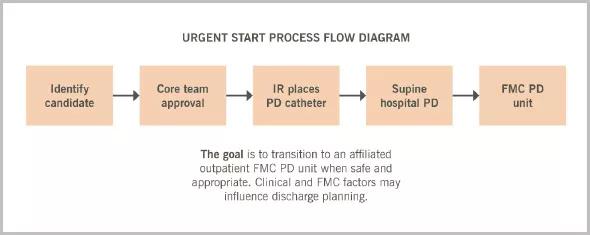
Figure 1. Diagram illustrating Cleveland Clinic’s urgent-start PD program process flow.
This protocol includes clear steps that outline the process of referral, patient selection and communication between different caregiver teams. Additionally, the protocol includes explicit roles and responsibilities for interventional radiologists and surgeons involved in PD catheter placement and care. Order sets and a visual urgent-start PD guide were developed to facilitate education and understanding by nursing staff and physicians about the desired process of care.
PD nurses from Fresenius Medical Care (FMC), a national dialysis provider affiliated with Cleveland Clinic, were given hospital vendor privileges to facilitate planning for transitioning patients from the hospital to the outpatient PD setting in a safe and appropriate manner.
Instead of relying on central venous catheters, patients needing urgent dialysis who meet defined selection criteria can now be offered urgent-start PD.
Candidate patients are identified and referred to a core team of expert physicians and nurses for evaluation. If the patient has no contraindications, the core team approves initiation of the urgent-start PD protocol. Specialists in interventional radiology place the PD catheter, and a standard supine PD prescription and exit site care pathway are implemented. Patients and their families receive additional education and support to help them adjust to dialysis.
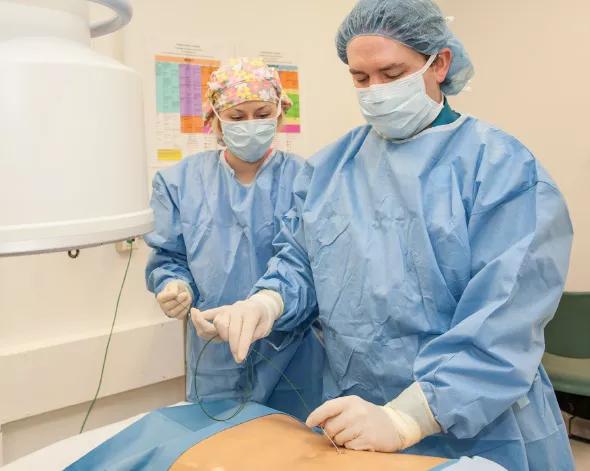
Figure 2. Interventional radiologist Dustin Thompson, MD, demonstrates PD catheter placement on a training model.
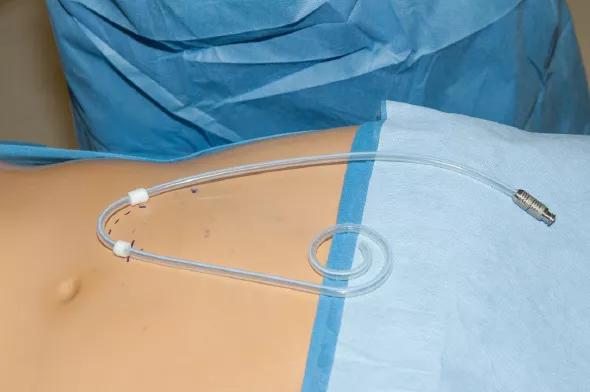
Figure 3. PD catheter prior to insertion into the abdominal cavity. Note the stenciled markings placed by the interventional radiologist to ensure proper catheter and exit site location.
If the PD catheter malfunctions, the surgical service is consulted for timely revision. After patients have been stabilized, they are discharged to an affiliated FMC dialysis unit to continue urgent-start PD treatment until the PD catheter site has healed sufficiently for standard home dialysis training.
We recently implemented the Cleveland Clinic urgent-start PD program and created a PD research registry to track patient outcomes. Our experience suggests that through a dedicated multidisciplinary approach, efforts to promote PD in appropriate patients will help reduce use of central venous hemodialysis catheters and their associated complications.
Dr. Wong is a staff member of Cleveland Clinic Glickman Urological & Kidney Institute’s Department of Nephrology and Hypertension.
Dr. Kansal is a staff member of the Department of Nephrology and Hypertension. Dr. Thompson is an associate staff member of Cleveland Clinic’s Department of Diagnostic Radiology.

Clinicians should individualize dosing practices based on patient risk factors and preferences

Fully-automated process uses preop CT, baseline GFR to estimate post-nephrectomy renal function
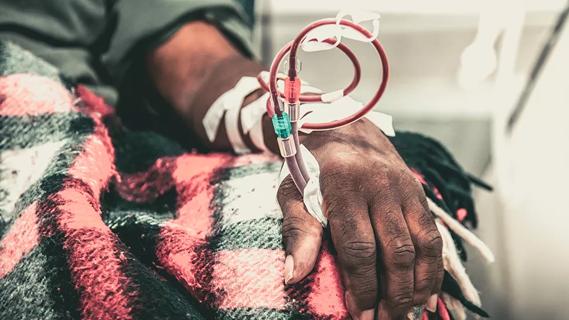
Could mean earlier treatment, but also could have negative effects

Identifying barriers in the renal genetic assessment of Black patients
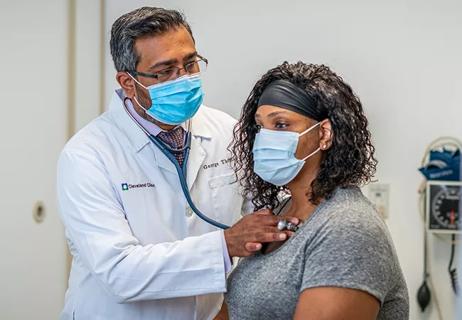
Getting patients to their goal blood pressure
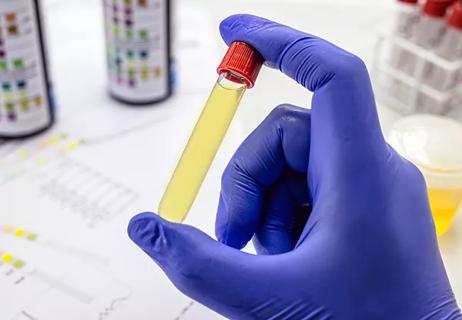
Study highlights benefits of nephrologist-led urine sediment analysis

Using sequencing data to identify novel factors linked to kidney disease with unknown origin

Program plays key role in diagnosis and management of genetic kidney diseases